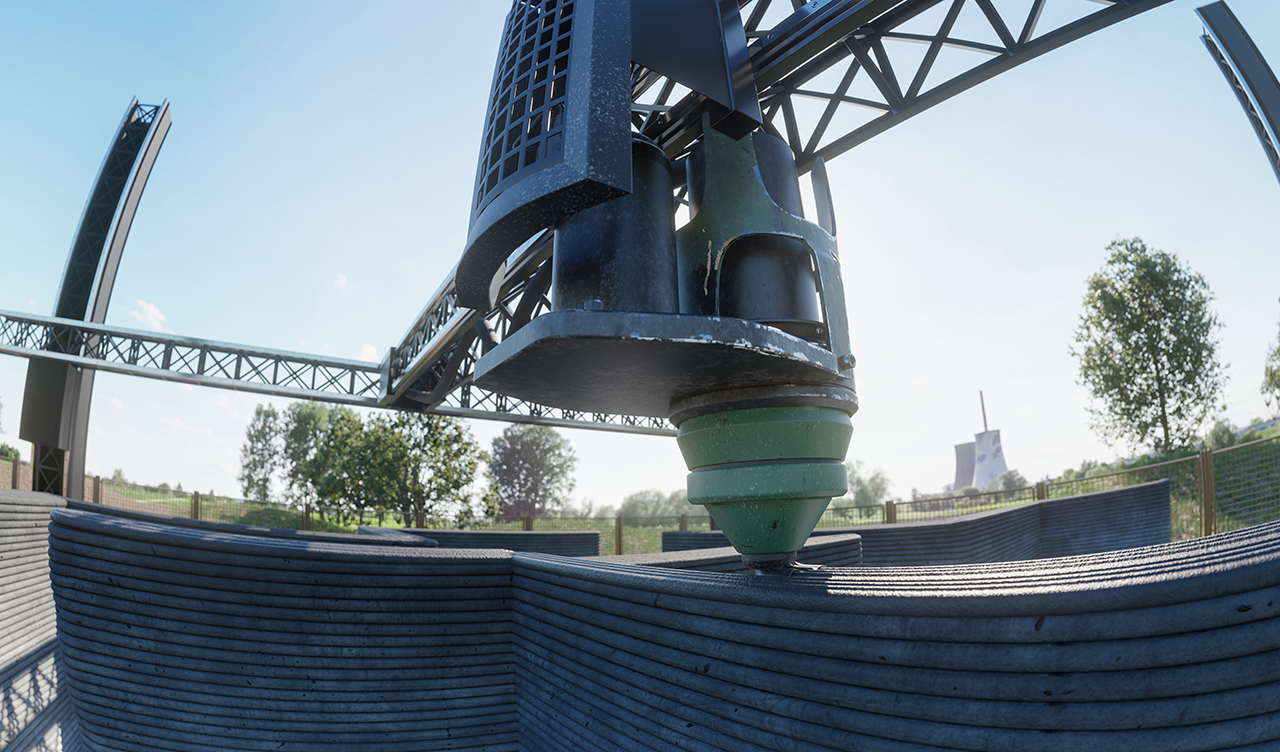Using Artificial Intelligence (AI) on ASTM standards and related intellectual property is prohibited. Violations will result in suspension of access.

Nov 02, 2025
ASTM International’s committee on robotics, automation, and autonomous systems (F45) has launched a new Additive Construction Robot Safety Task Group under subcommittee F45.07 on applications. The effort marks ASTM’s first formal initiative dedicated to the safety of robotic systems used in additive construction and related automated building processes.
The new task group will focus on developing best practices, guidelines, and potential standards to ensure the safe design, deployment, and operation of robotic and automated systems used for additive construction. This includes robots that perform large-scale 3D printing, material handling, and site automation tasks that are increasingly common in next-generation construction environments.
Aaron Prather, director of robotics and autonomous systems programs at ASTM, says the initiative reflects both the rapid growth of construction robotics and the urgent need for coordinated safety guidance.
“Additive construction and robotics are converging faster than most of the world expected,” Prather said. “As these technologies move from controlled test sites to active construction environments, the risks, as well as the opportunities, are real. ASTM is uniquely positioned to bring experts together across additive manufacturing, robotics, and safety to create the foundation this field needs to grow responsibly.”
The task group brings together stakeholders from academia, industry, labor, and government, including experts from Purdue University, the Laborers’ International Union of North America (LiUNA), and leading construction automation firms. Together, they aim to define safety principles that balance innovation with practical, on-site considerations such as environmental variability, human-robot interaction, and system reliability.
Leading this new task group, Sogand Hasanzadeh and her Ph.D. student, Jorge Rojas, from Purdue University, have initiated collaboration with the NIOSH Construction Safety team— Doug Trout and Scott Earnest—to investigate safety considerations in additive construction.
“The construction industry is undergoing rapid robotic transformation, and these changes are introducing new risks to current and future jobsites,” said Hasanzadeh. “While 3D-printed construction has emerged as a promising approach to address challenges such as productivity, labor shortages, and an aging workforce, this novel and rapidly evolving field requires robust safety guidelines and planning to ensure safe practices and support its broader adoption.”
The task group will work closely with related ASTM committees, including F42 on additive manufacturing technologies, to ensure alignment between robotics safety, material standards, and construction applications. Its outcomes are expected to inform broader safety frameworks and potentially support future guidance for agencies such as OSHA and NIST.
“This is about building confidence in an emerging field,” contributed Dr. Babak Zareiyan, Emerging Construction Technology Specialist at Wohlers Associates, Powered by ASTM International. “By setting clear expectations for how robots operate safely on construction sites, we can help accelerate adoption, protect workers, and open the door to new levels of innovation.”
The task group welcomes participation from subject matter experts, researchers, and organizations involved in robotics, construction automation, and occupational safety. JOIN F45. ●
January / February 2026